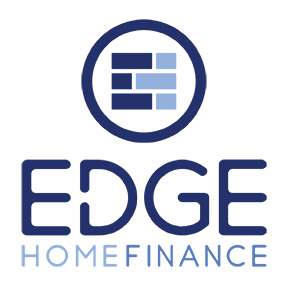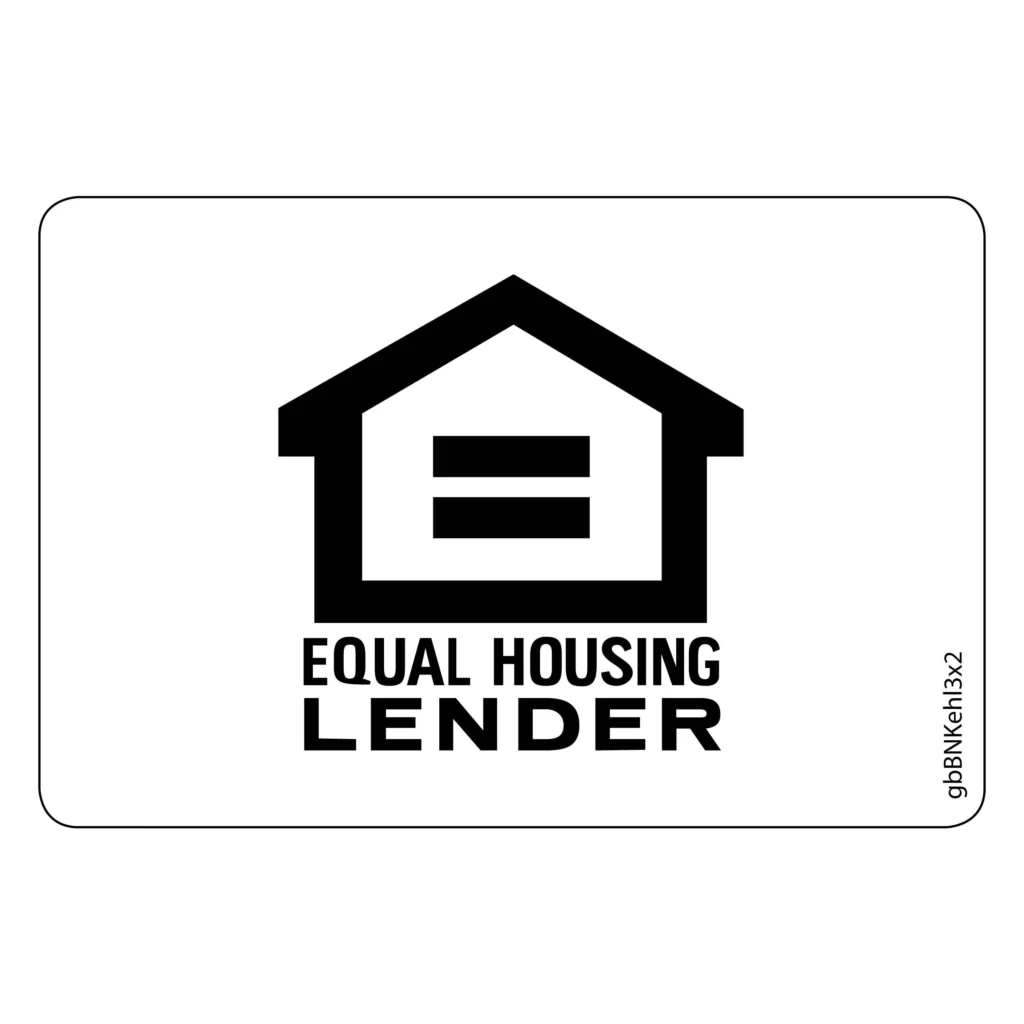Frequently Asked Questions
Get answers to common questions about reverse mortgages and how they can benefit you
General Reverse Mortgage Questions
A reverse mortgage is a financial product for homeowners 62 and older that allows them to convert part of their home equity into cash without having to sell their home or make monthly mortgage payments. The loan is repaid when the borrower no longer lives in the home.
Unlike a traditional mortgage where you make payments to the lender, with a reverse mortgage, the lender makes payments to you, either as a lump sum, monthly payments, a line of credit, or a combination of these options.
To qualify for a reverse mortgage, you must:
- Be 62 years of age or older
- Own your home outright or have a low mortgage balance that can be paid off with the proceeds
- Live in the home as your primary residence
- Have the financial resources to continue paying property taxes, homeowners insurance, and home maintenance
- Not be delinquent on any federal debt
- Participate in a consumer information session given by an approved HECM counselor
The amount you can borrow depends on several factors, including:
- Your age (or the age of the youngest borrower or eligible non-borrowing spouse)
- The current interest rate
- The appraised value of your home
- The HECM FHA mortgage limit ($1,089,300 in 2023) or the appraised value, whichever is less
Generally, the older you are, the more equity you have in your home, and the lower the interest rate, the more you can borrow. Nancy can provide you with a personalized estimate based on your specific situation.
Yes, you retain ownership of your home with a reverse mortgage. The title remains in your name, and you continue to live in the home as your primary residence.
However, as with any mortgage, the lender places a lien on the property, and the loan must be repaid when the last borrower no longer lives in the home as their primary residence, sells the home, or passes away.
You have several options for receiving your reverse mortgage proceeds:
- Lump sum: Receive all available funds at once (only available with fixed-rate loans)
- Monthly payments: Receive equal monthly payments for as long as at least one borrower lives in the home as their primary residence (tenure plan) or for a fixed period (term plan)
- Line of credit: Draw funds as needed, with the unused portion growing over time (available with adjustable-rate loans)
- Combination: Combine a line of credit with monthly payments
Nancy can help you determine which option or combination of options best suits your financial needs and goals.
Costs and Repayment
Reverse mortgages include several types of costs:
- Origination fee: Paid to the lender to process your loan (capped by the FHA for HECM loans)
- Mortgage insurance premium: For HECM loans, includes an upfront premium and an annual premium
- Closing costs: Similar to traditional mortgages, including appraisal, title search, inspections, etc.
- Interest: Accrues on the loan balance over time
- Servicing fees: Monthly fees charged by some lenders to service the loan
Many of these costs can be financed as part of the loan, reducing out-of-pocket expenses at closing. Nancy can provide a detailed breakdown of all costs associated with your specific reverse mortgage options.
A reverse mortgage becomes due and payable when one of the following occurs:
- The last surviving borrower or eligible non-borrowing spouse passes away
- The home is no longer the primary residence of at least one borrower
- The home is sold or title is transferred
- The borrower fails to meet loan obligations such as paying property taxes, homeowners insurance, or maintaining the home
- The borrower is absent from the home for more than 12 consecutive months due to physical or mental illness
When the loan becomes due, the borrower or their heirs have several options: repay the loan and keep the home, sell the home to repay the loan, or provide a deed in lieu of foreclosure.
When the last borrower passes away, the reverse mortgage becomes due and payable. Your heirs have several options:
- Repay the loan: They can pay off the loan balance and keep the home. The repayment amount is the lesser of the loan balance or 95% of the home's appraised value.
- Sell the home: They can sell the home and use the proceeds to repay the loan. If the sale price exceeds the loan balance, they keep the difference. If the home sells for less than the loan balance, the FHA insurance covers the shortfall (for HECM loans).
- Deed in lieu of foreclosure: They can provide the lender with a deed in lieu of foreclosure, which releases them from the loan obligation.
Your heirs will never owe more than the home is worth, as reverse mortgages are non-recourse loans.
Reverse for Purchase
A Reverse for Purchase (also called HECM for Purchase) is a program that allows seniors aged 62 and older to buy a new home and obtain a reverse mortgage in a single transaction. This means you can purchase a new primary residence and obtain a reverse mortgage at the same time, with a single set of closing costs.
This program is particularly beneficial for seniors looking to downsize, move closer to family, or find a home better suited for aging in place, all without taking on a new monthly mortgage payment.
The down payment required for a Reverse for Purchase typically ranges from approximately 45% to 62% of the home's purchase price, depending on:
- Your age (or the age of the youngest borrower)
- Current interest rates
- The purchase price of the new home
Generally, the older you are, the lower the down payment requirement. The down payment must come from your existing assets or the sale of your current home, not from another loan.
Eligible property types for a Reverse for Purchase include:
- Single-family homes
- 2-4 unit properties (one unit must be occupied by the borrower)
- FHA-approved condominiums
- Townhouses
- Planned Unit Developments (PUDs)
- Manufactured homes that meet FHA requirements
The home must meet FHA property standards and flood requirements. New construction is eligible if the property is complete and has a Certificate of Occupancy.
Impact on Benefits and Taxes
A reverse mortgage can potentially affect Medicaid eligibility, as Medicaid is a needs-based program with strict income and asset limits. Here's how it might impact eligibility:
- Lump sum payments: If you receive a large lump sum and don't spend it in the month received, the remaining funds could count as an asset in the following month, potentially exceeding Medicaid's asset limits.
- Monthly payments: These might be counted as income in the month received and as an asset if kept beyond that month.
- Line of credit: Funds in a line of credit are generally not counted as an asset for Medicaid purposes until they are withdrawn.
Medicaid rules vary by state, so it's crucial to consult with a Medicaid planning specialist or elder law attorney before proceeding with a reverse mortgage if you currently receive Medicaid or anticipate needing it in the near future.
Have More Questions?
Nancy Patrizi is here to answer all your questions about reverse mortgages and help you determine if this financial solution is right for your situation.

